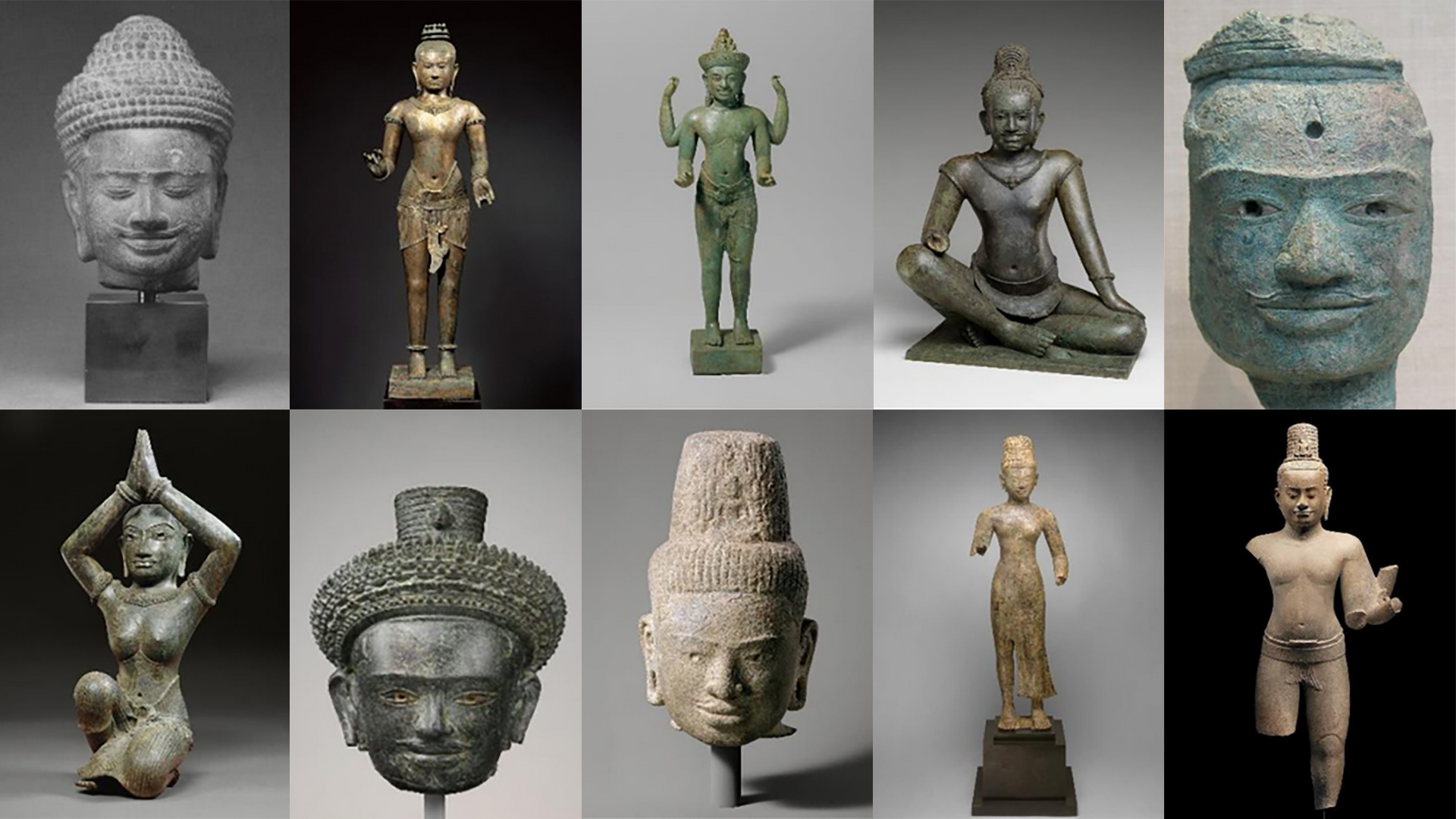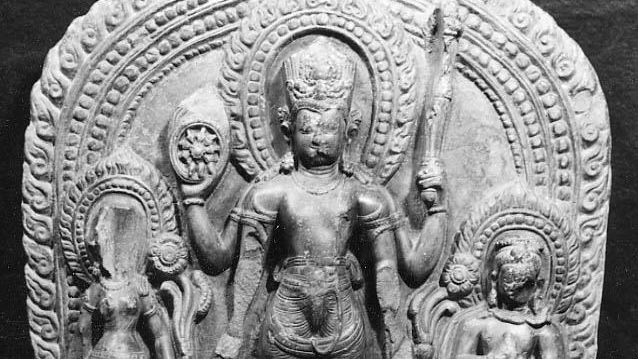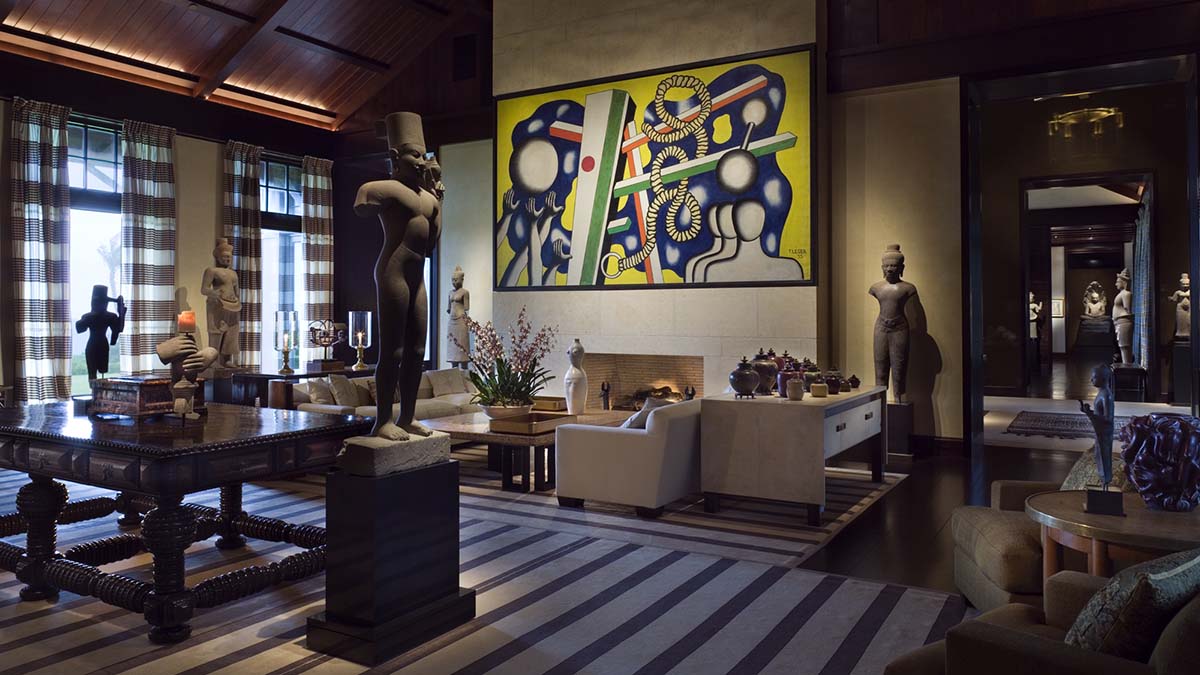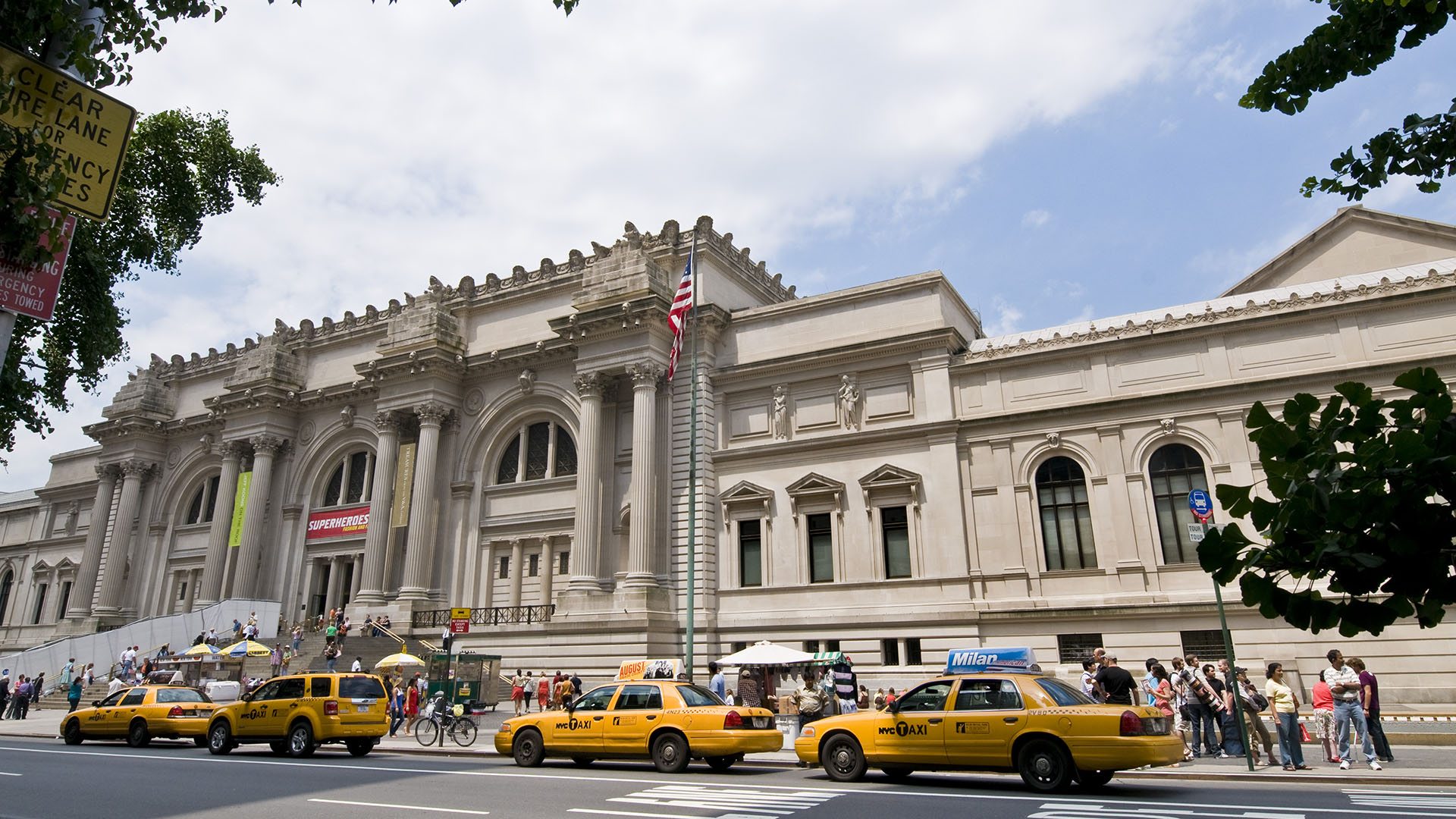IMPACT
Met to return 16 Khmer relics linked to notorious artifact dealer
The New York museum says the latest repatriation of antiquities to Cambodia and Thailand effectively removes all Khmer works in its collection linked to alleged trafficker Douglas Latchford.

New York’s Metropolitan Museum of Art has agreed to return to Cambodia and Thailand 16 ancient Khmer statues linked to illicit antiquities trafficking, the museum announced on Friday.
The museum’s agreement to repatriate the statues comes amid a United States federal investigation into the dealings of Douglas Latchford, an accused antiquities trafficker tied to hundreds of Khmer artifacts taken from sacred sites around Cambodia. The Met, which has held a number of pieces linked to Latchford in its collection, has been cooperating with authorities.
As a part of the agreement governing this latest repatriation, federal prosecutors in Manhattan stated that they will not bring criminal charges against the Met for possessing or transporting the stolen items.
“This return of our national treasures, held by the Metropolitan Museum is of utmost importance not only for Cambodia, but for humankind,” Phoeurng Sackona, Cambodia’s Minister of Culture and Fine Arts, said in a statement. “The enormous importance to the Cambodian people of these returns is difficult to overstate.”
In a press release, the Met said it had taken a proactive role in the repatriation that it said effectively removes from its collection “all Khmer works known by the Museum to be associated with the dealer Douglas Latchford.”
The museum’s planned repatriations follow years of reporting on the Met’s collection by the International Consortium of Investigative Journalists and other publications. This coverage focused in part on the wide-ranging antiquities dealings of Latchford, a British-born art collector who oversaw a booming business selling ancient art taken from conflict-riven Cambodia and its neighboring countries. Prosecutors would allege his business amounted to antiquities theft on a massive scale.
The Met’s latest agreement with authorities states that museum officials reached out to Manhattan federal prosecutors in September of 2021 to discuss its Latchford-linked pieces. This move came just weeks after ICIJ approached the museum with extensive questions about ties between Latchford’s alleged looting network and the museum’s Khmer holdings. Eleven of the 16 pieces the Met agreed to repatriate on Friday were flagged in ICIJ’s questions to the museum in 2021.
In October 2021, ICIJ, Finance Uncovered, and the Washington Post published an investigation examining the museum’s Asian collection that included Cambodian antiquities that passed through the hands of Latchford. The reporting drew from the 11.9 million-file trove of leaked financial records known as the Pandora Papers, and built on previous reporting from the Chasing Aphrodite blog and elsewhere.
Latchford died in 2020, but investigations into his dealings have continued. In June of this year, Latchford’s family agreed to pay $12 million and return a 7th-century Khmer statue in a record settlement. The Met isn’t the only museum that has had to contend with Latchford’s legacy. Since ICIJ’s 2021 investigation, the Denver Art Museum, the National Gallery of Australia, and two major private collectors have returned Latchford-linked items to Southeast Asian countries.
The largest museum in the U.S., the Met appears to face a particularly challenging task in sorting out the hundreds of items in its collection linked to antiquities trafficking, including those tied to Latchford. In March, ICIJ reported that the museum’s catalog contained at least 1,109 pieces previously owned by people who had been either indicted or convicted of antiquities crimes; 309 of them were then on display.
The findings coincided with an increasing pace of seizures by state authorities of stolen items at the Met. Since 2017, prosecutors have executed more than a dozen warrants to seize works from the museum. The vast majority of those confiscations took place since 2021.
In May, as it faced increasing pressure over its collection, the Met pledged to investigate suspicious works among the museum’s 1.5 million-pieces and to establish a new four-person team of provenance investigators who would work alongside curators, conservators and other researchers to expand efforts to examine its vast catalog. To some longtime observers, the move indicated the Met was seeking to change its approach to suspect works in its collection.
In a letter dated Dec. 14 and addressed to culture minister Sackona, Met director and CEO Max Hollein said, “I write in hopes of rectification and reconciliation.” Hollein highlighted the latest batch of relics the Met was imminently returning, and said the museum was committed to further reviews of its Khmer artwork.
“Through the work of prosecutors at the Southern District of New York and intense press scrutiny, the nefarious dealings of Douglas Latchford in Cambodia have been revealed,” Hollein wrote.
Angela Chiu, an independent researcher and expert on Asian art and the antiquities market, applauded the Met’s return, but said the Museum must do more. “It’s a positive action by the Met,” Chiu told ICIJ. “But it should be seen as the first step by the Met in a process of removing looted antiquities from its collection and returning them to Southeast Asia.”
Malia Politzer contributed to reporting


